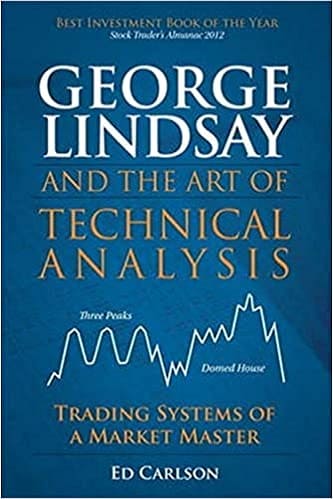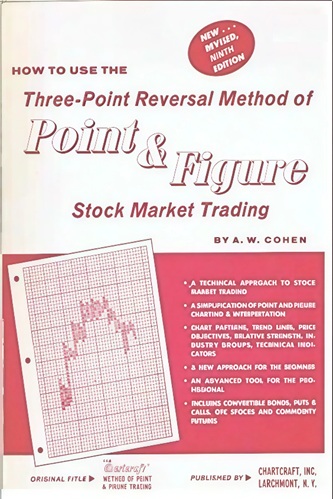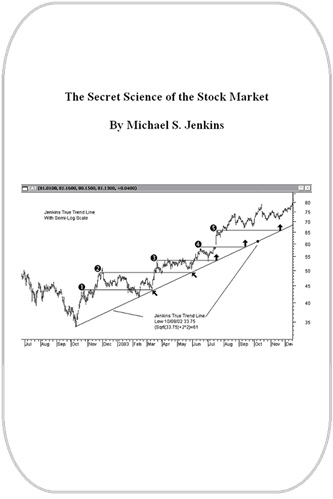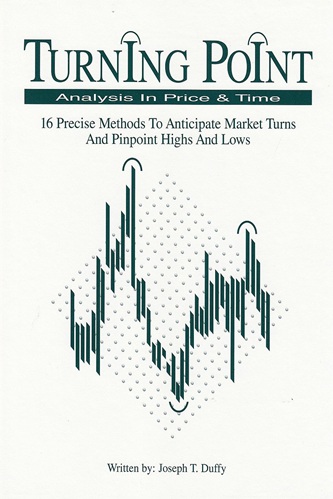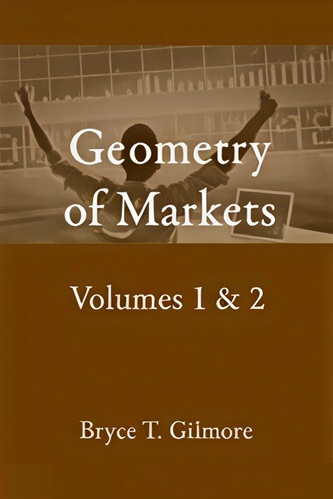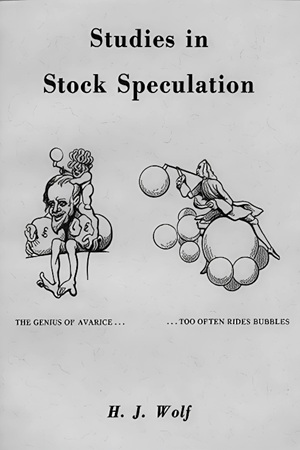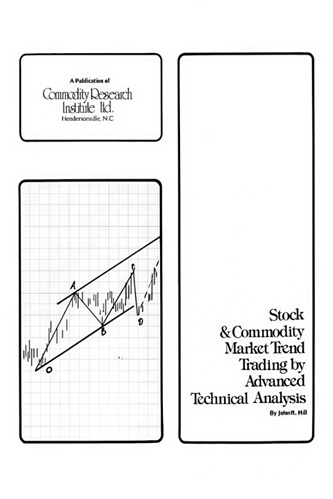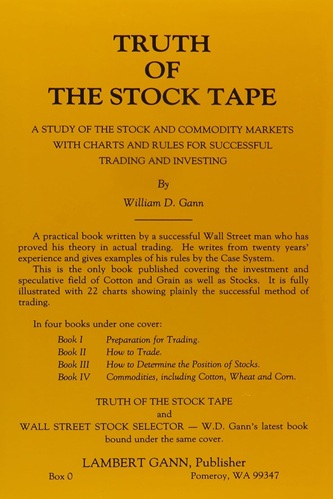George Lindsay and the Art of Technical Analysis: Trading Systems of a Market Master
$16.29
| Author(s) | |
|---|---|
| Format |
|
| Pages |
225 |
| Publication Year |
2012 |
In George Lindsay and the Art of Technical Analysis, Ed Carlson demonstrates the immense power of Lindsay’s methods in today’s markets. Using visual models, Carlson explains Lindsay’s models clearly, simply, and intuitively. Using this book, investors and traders can apply these techniques without strong mathematical expertise, and without deciphering Lindsay’s dense writing style. Carlson walks through using Lindsay’s “Three Peaks and a Domed House” model to uncover surprising patterns in “haphazard” short-lived movements… using Lindsay’s “Timing Method for Traders” to identify tradeable market tops and get out of bull markets in time… predicting “decisive, often violent” market movements, and more. This book is an indispensable addition to any technical analysis library–and every technician’s trading arsenal.
Introduction:
Who was George Lindsay and why did I undertake to write this book? If you’ve never heard of George Lindsay, you’ve already answered the second part of the question. Lindsay was considered a “stock guru” in the 1960s and 1970s. His market opinions often appeared in the New York Times next to other prognosticators whose names are more commonly known today, but very few people today are acquainted with Lindsay. Even among technical analysts who do know the name, very few are familiar with his work.
Lindsay’s ideas are in danger of becoming lost to history. He never wrote a book on his market methods, only newsletters . He did write one book (The Other History, examined in Chapter 2) but it pertained to politics and history, not the markets. This book is the result of reviewing an untold number of his past newsletters and cobbling together the partial descriptions of his different models into coherent, step-by-step explanations.
It’s no wonder that very few market participants have chosen to use his methods. Reading Lindsay’s newsletters is like drinking from a fire hose. His style of writing is very difficult to read. The reader never gets a moment to “catch his breath” as the ideas just keep jumping off the page. The presentation format of his newsletters is difficult as well. Modern readers have become accustomed to the formatting of word processors-bullets, labeling, charts placed near the narrative, and so on. As I read Lindsay’s newsletters, I imagined him sitting at a typewriter, typing to the right side of the page, reaching up with his left hand to shift the carriage back to start a new line, and blasting through yet another line, the ideas pouring forth with very little thought given to anyone trying to assimilate the mass of information being thrown at them.
Contents:
- Biography
- The Other History
- The Phenomenon
- Three Peaks
- A Domed House
- The Tri-Day Method
- Overview of the Lindsay Timing Model
- Key Dates
- The Low-Low-High Count
- Combining the Counts
- Long-Term Cycles and Intervals
- Basic Movements
- Case Study: The 1960s
George Lindsay and the Art of Technical Analysis: Trading Systems of a Market Master By Ed Carlson pdf

